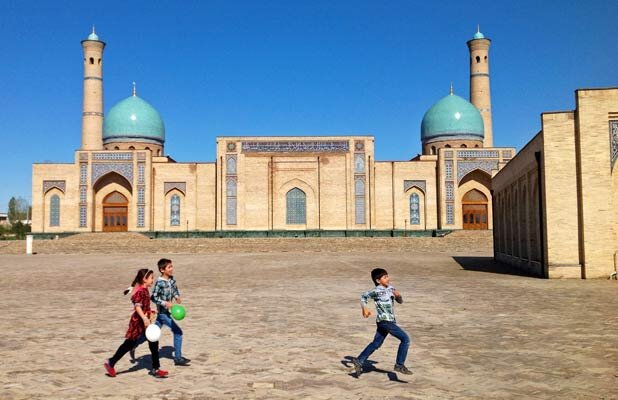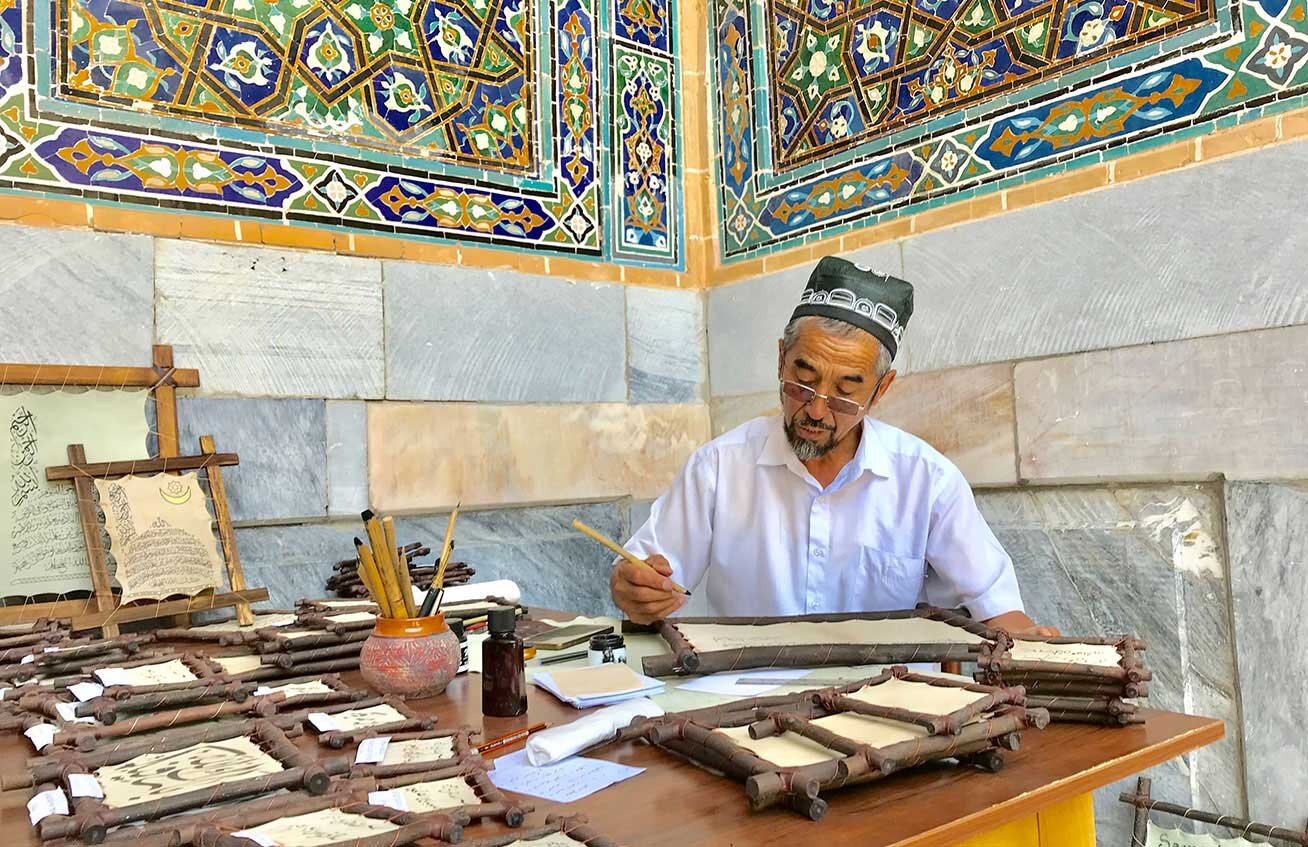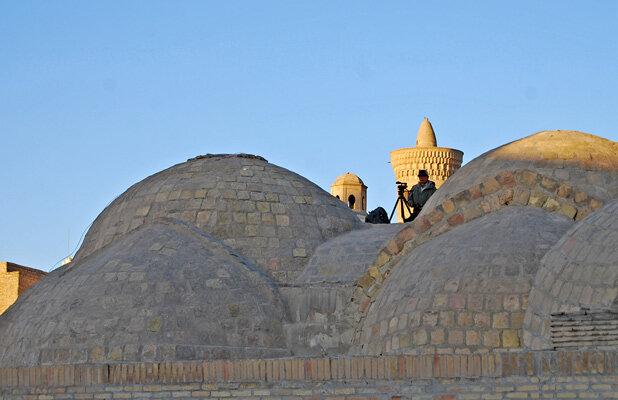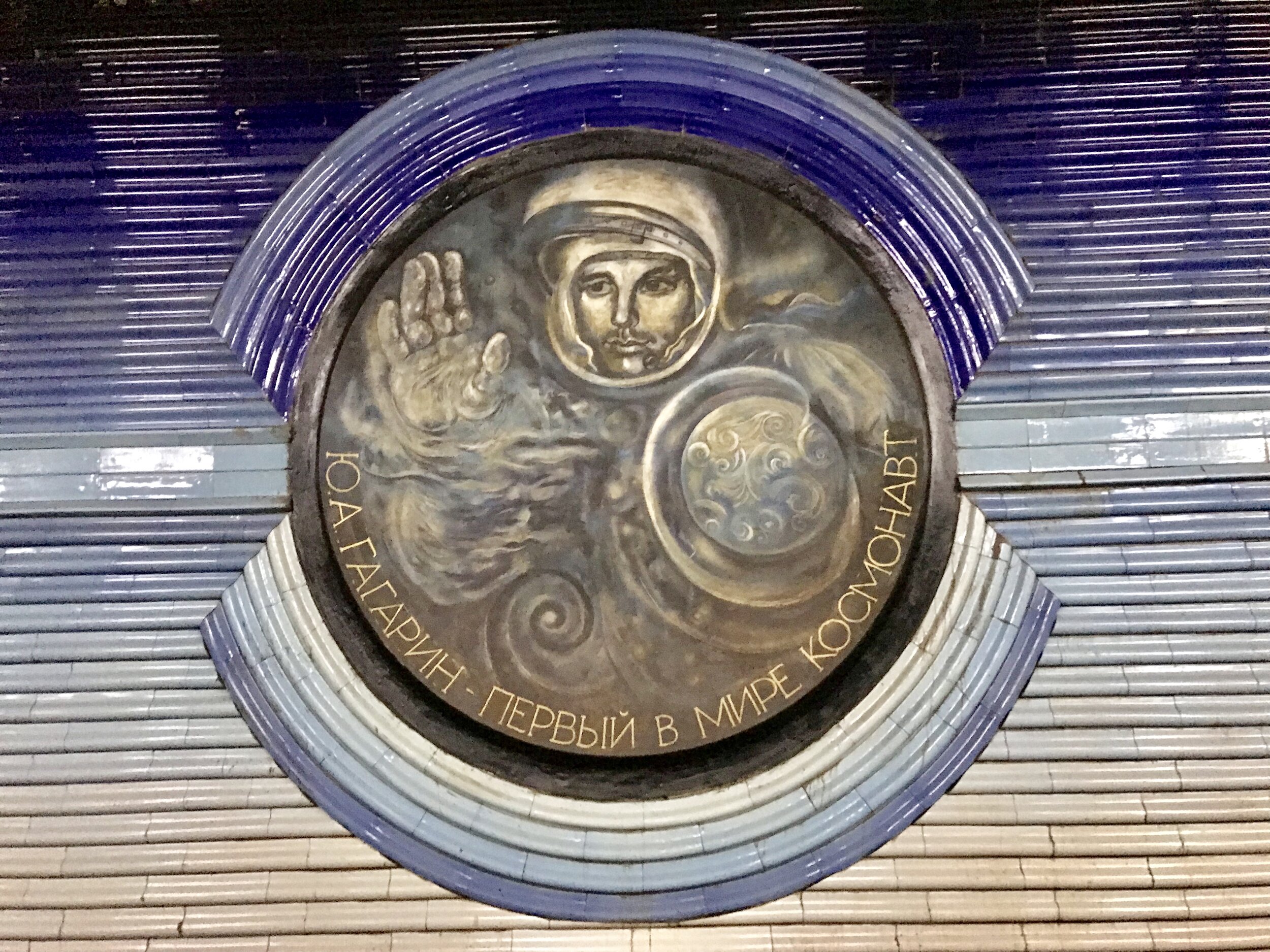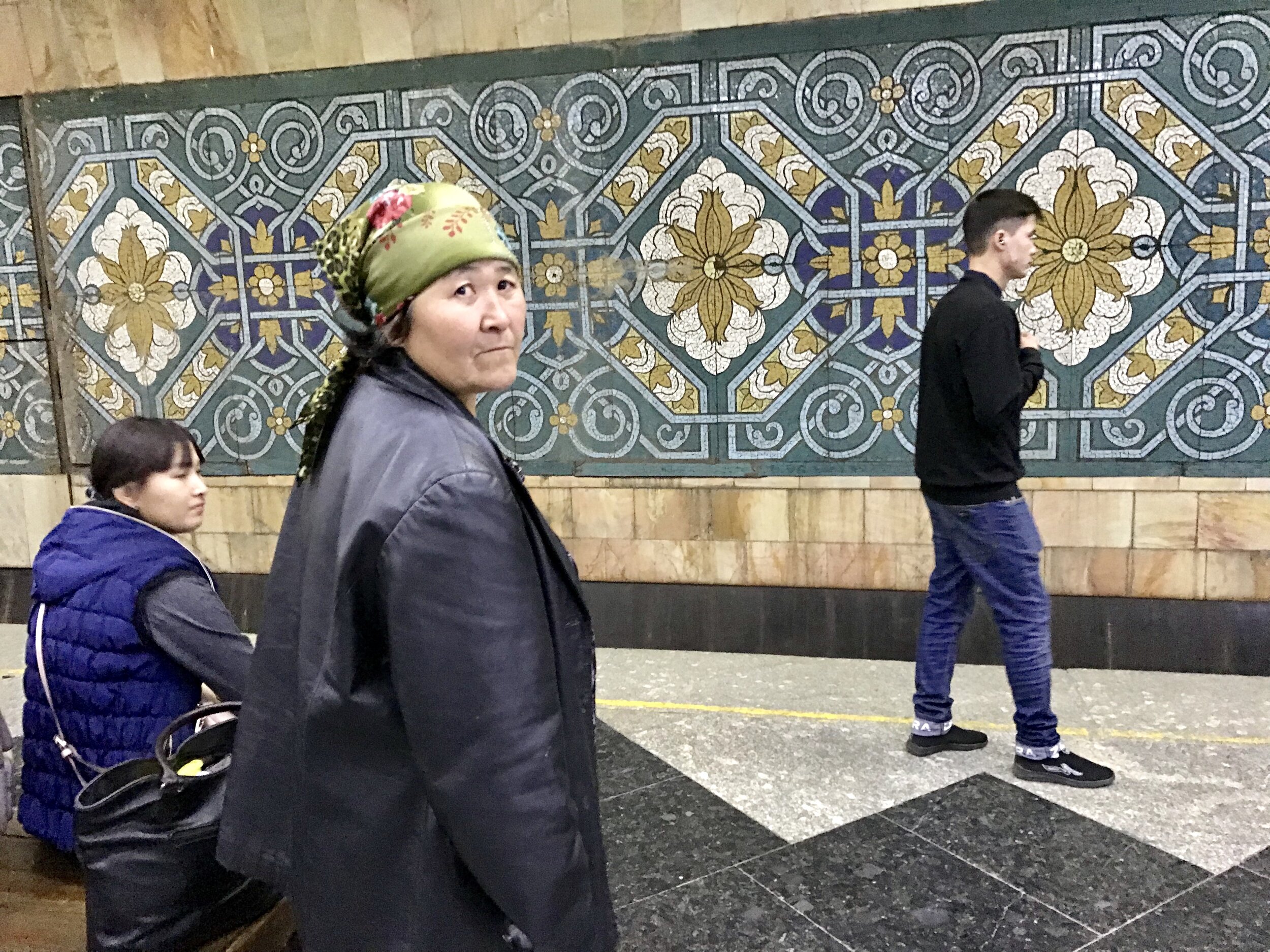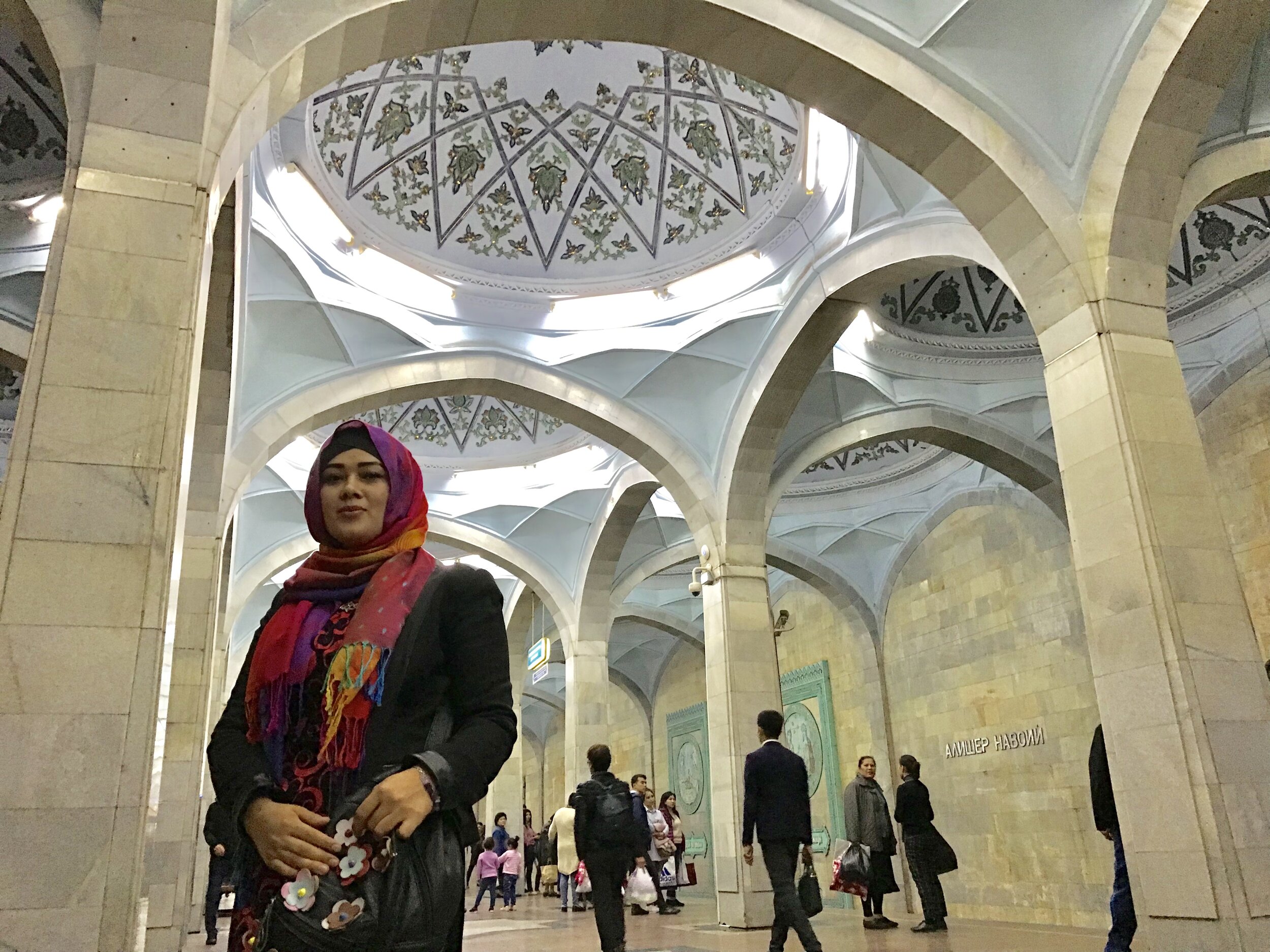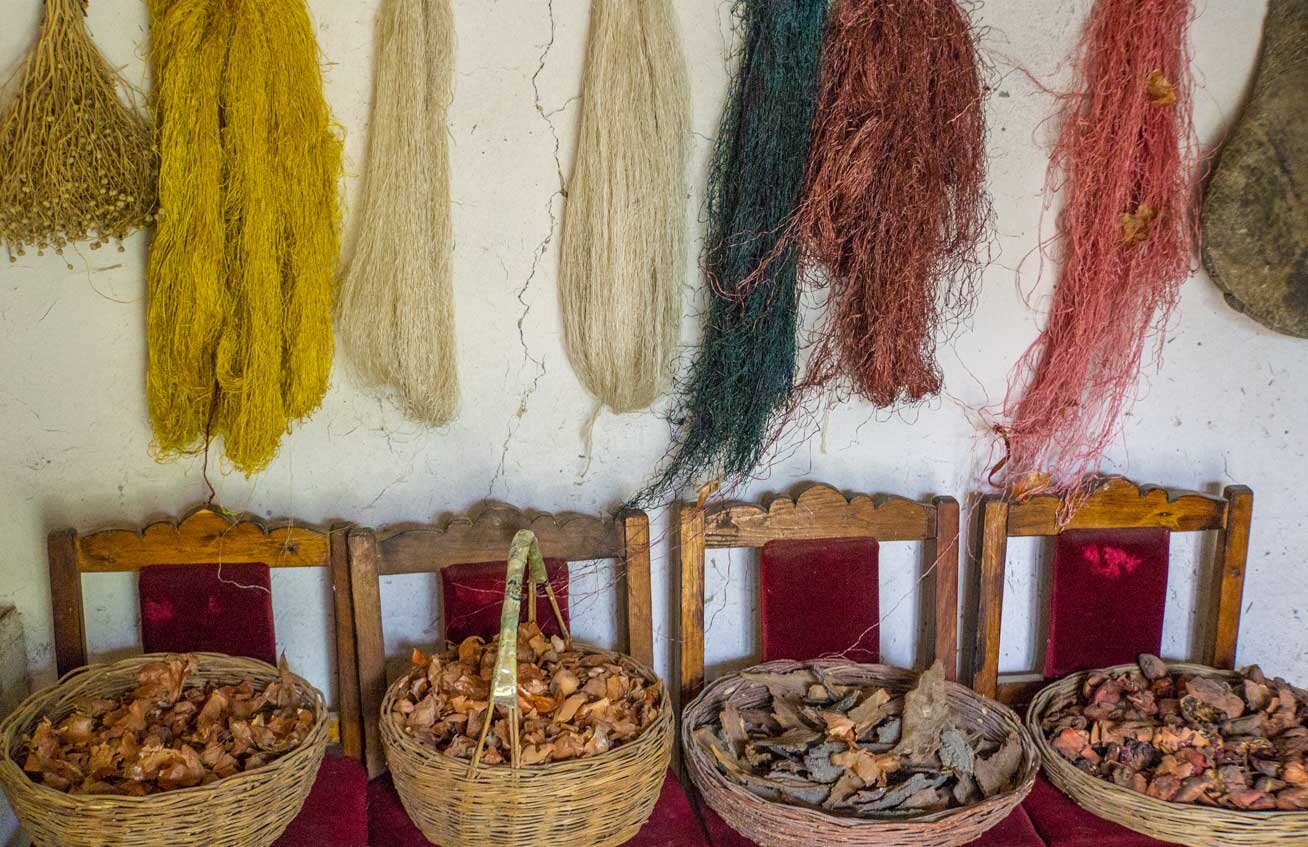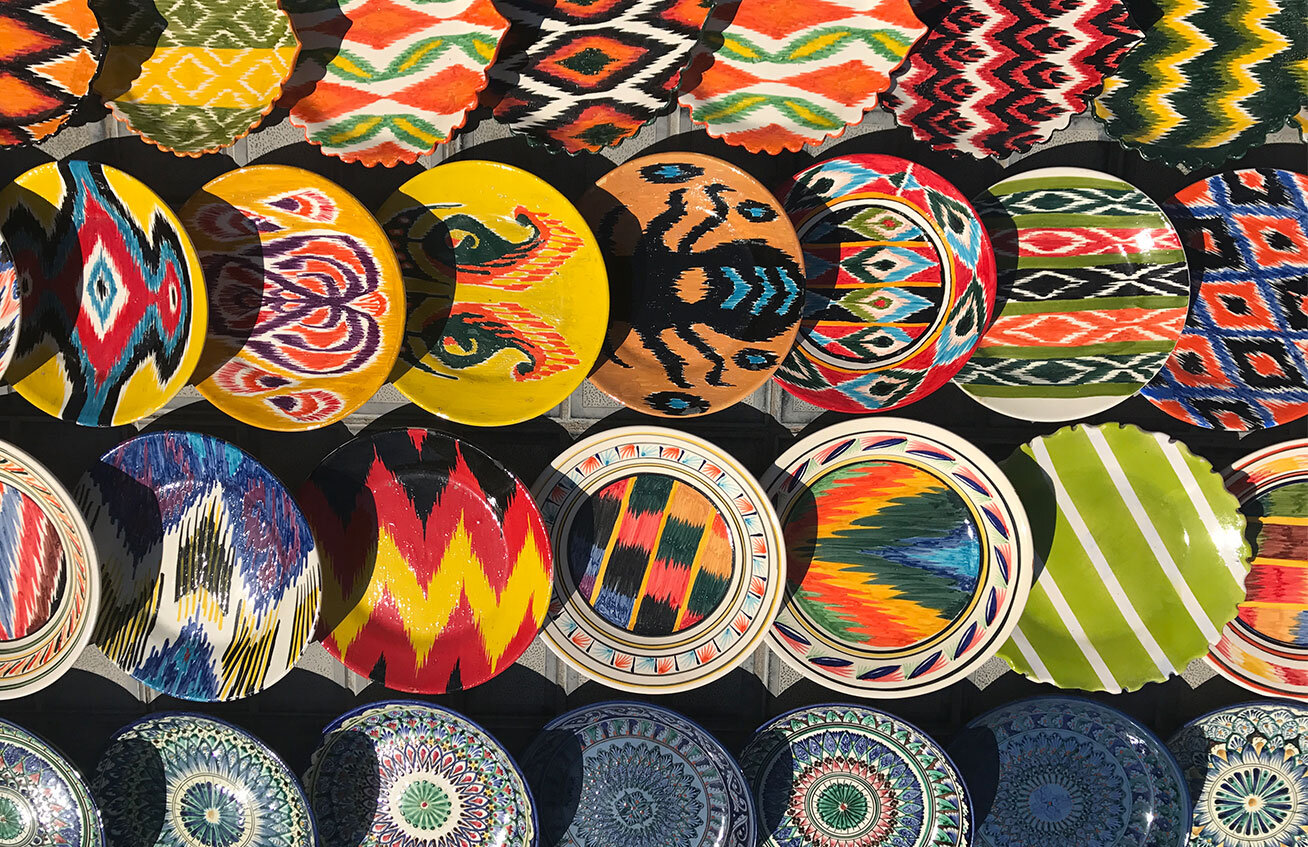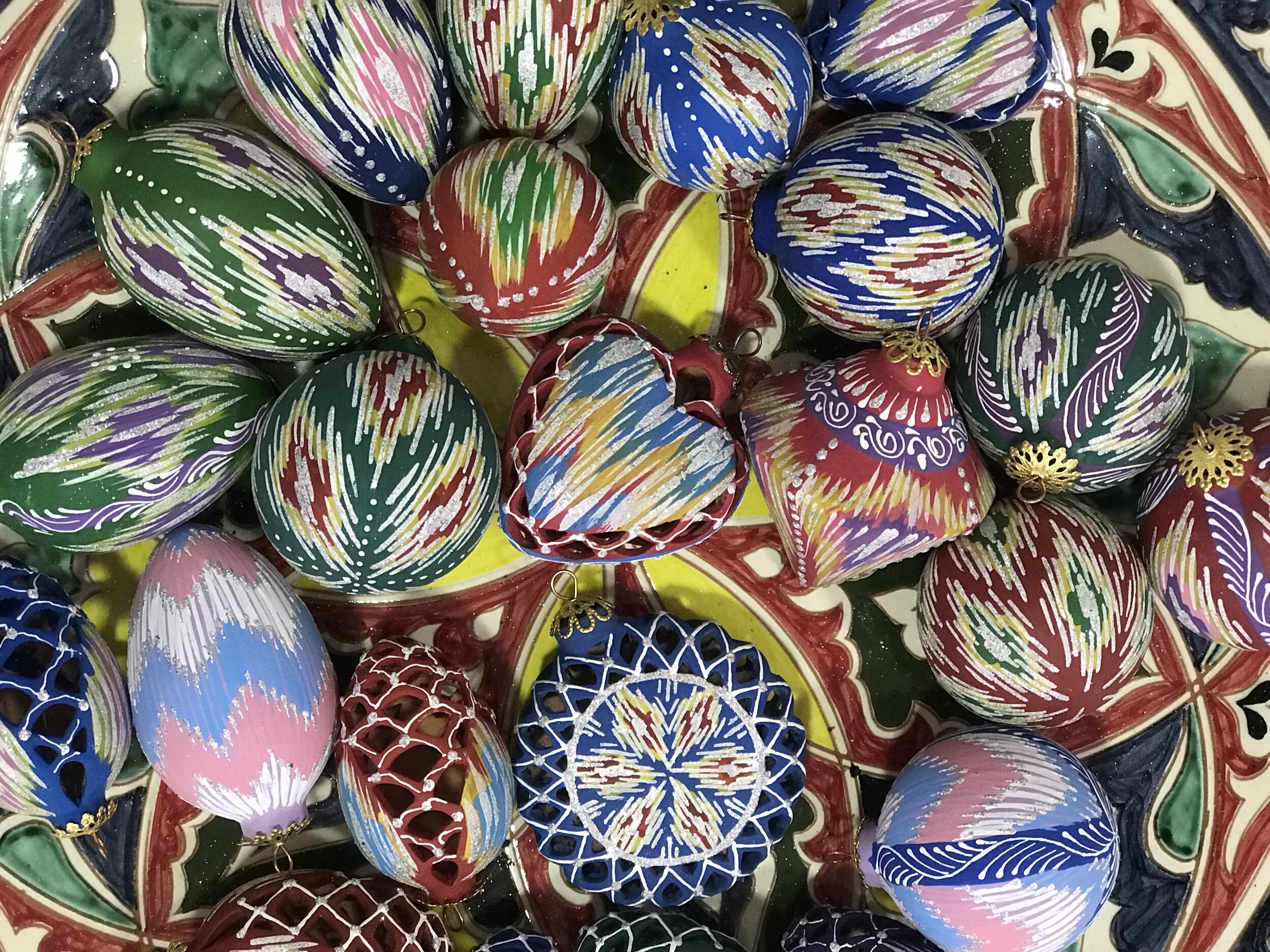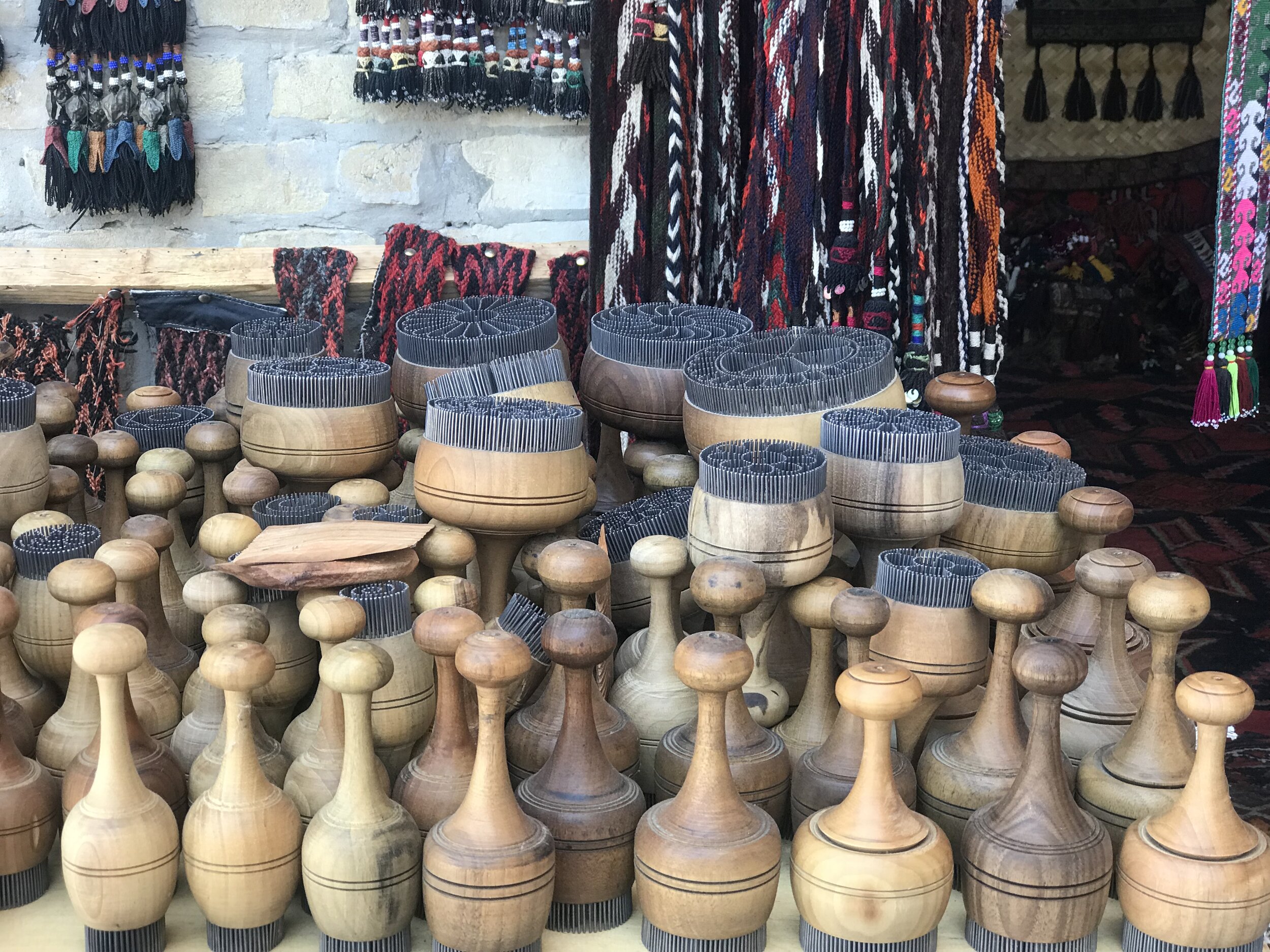Abdu Samadov Reports in from Samarkand, Uzbekistan
1. Let’s start with the status of international flights into Uzbekistan – what’s the situation?
Abdu: Uzbekistan Airways and other carriers have gradually increased their flight services following the reopening of Uzbekistan’s borders on October 1, 2020. We already have flights to Dubai, Frankfurt, Almaty, Bishkek, and Istanbul and expect greater frequency with Turkish Airlines, flydubai, Aeroflot, and Asiana Airlines in the months ahead.
Visitors arriving to Uzbekistan by air are required to present a negative COVID-19 PCR test result in English or Russian, issued within 72 hours before arrival to the country. A temperature screening is administered upon arrival, following which travelers who have valid Uzbekistan visas and negative PCR test results may travel freely in the country. Land border crossings currently remain closed.
2. What's new in Uzbekistan?
Abdu: The tourism boom in 2019 motivated locals to build more hotels in the main destination cities of Bukhara, Khiva, Samarkand, and Tashkent. New properties range from five-star hotels to boutique, family-run properties, broadening the range of accommodation options available throughout Uzbekistan.
The modern high-rise, Hilton Tashkent City, began operating in late 2019 and is the newest addition to the capital’s five-star hotel scene. Complete with all the services you’d expect – an indoor pool, spa, rooftop terrace, and multiple dining options – the hotel is perfectly located between the Chorsu Bazaar and the Alisher Navoi Opera House, two of the city's most popular attractions. There are two metro stations just around the corner and the Tashkent metro is itself an attraction, as each station has a different theme. Some incorporate Central Asian decorative motifs, while others resemble Russian palaces with granite, marble, chandeliers, and mosaics. Begun in 1977, the stations on Tashkent’s three lines are meant to be “art galleries for the people.”
Many travelers prefer boutique hotels due to their intimate size, national décor, and the fact that they are often inside old inner-city buildings that have preserved the original architectural charm. For example, the Zarafshan Boutique Hotel in Khiva is located inside the UNESCO-listed inner fortress, Ichan Kala. The family that built the hotel also lives in this old town, and they opened the doors to their first guests in the Spring of 2020. This property has 26 rooms and a rooftop lounge with views of the old town and city walls.
Other new hotel openings include:
- Minor Boutique Hotel in Samarkand, which opened in Spring 2020 next to the Registan Square.
- Sahid Zarafshan Hotel in Bukhara, a modern four-star property and one of the newest hotels that opened in 2020.
In addition to in-city options, the Amirsoy Mountain Resort opened its doors to visitors in early 2020. This resort complex is located in one of the most beautiful and picturesque areas near Tashkent on the spurs of the Chatkal Ridge in the western part of the Tien Shan mountains. After its full launch, the Amirsoy will have winter and summer infrastructure including comfortable chalets, restaurants and bars, a bath complex, spa, and swimming pools. For picnic lovers, specially designated areas will be created where you can rent gazebos and equipment.
3. How is the economy doing?
Uzbekistan remains a country with very reasonable costs for foreign visitors and is noticeably less expensive than most of its Central Asian neighbors. Exports continued throughout the shutdown and the overall economy has fared better than expected throughout the pandemic. We are well positioned for a bounce back in 2021.
Uzbekistan is continuing along an aggressive path toward international integration and market reform. Many investor-friendly policies are being adopted and international credit ratings are going up. The hope is that transforming the economy will translate into higher living standards for Uzbeks in the coming years. In spite of the pandemic, it’s an exciting time for Uzbekistan, which has a very bright future.
4. What’s the first dish or beverage you most like to introduce visitors to?
Abdu: The first meal I always suggest is plov. Though the main ingredients are rice, meat, and carrots, there are over forty variations of plov registered in Uzbekistan! The history of the food goes back millennia. My grandfather once told me that this dish is the embodiment of food. That is why, even now, it also goes by the name osh (which translates into English as ‘meal’). My grandfather, a WWII survivor and a very well-read man who was one of the few people who could read history books written before the creation of the Soviet Union, claimed that plov was invented by the first medical doctor of Central Asia, Ibn Sina, some 1,000 years ago. There is no public event in Uzbekistan that goes without plov as the main dish; it’s always a feature at festivals, weddings, birthday parties, and even funerals.
One of the best places to experience plov is at the famous Central Asian Center of Plov in Tashkent, where giant cauldrons of plov are served in a large dining hall. Popular with locals and visitors alike, it’s possible to observe the whole process of preparing plov as six massive cauldrons and almost 1,200 pounds of plov are prepared every day of the week! The food is delicious indeed, but mingling with the locals is a bonus of this experience.
As far as beverages, the thing to try in Uzbekistan is the local green tea. Not only is it our national drink, but it plays an important role in our society as a medium for socializing. At the same place where we try plov, I recommend travelers order a pot of tea served in special piola cups (small cups without handles). There are dozens of traditions that one can learn from this process.
In Uzbekistan, the phrase “Let’s have a cup of tea” has various meanings. The phrase could suggest anything from having a feast to discussing social issues. How you handle your teapot, how much tea you pour, how you offer the cup to your guest, and how you drink your tea can all be interpreted in various ways. Visitors I’ve traveled with have loved listening to the traditions and have tried to follow them throughout their time in Uzbekistan.



